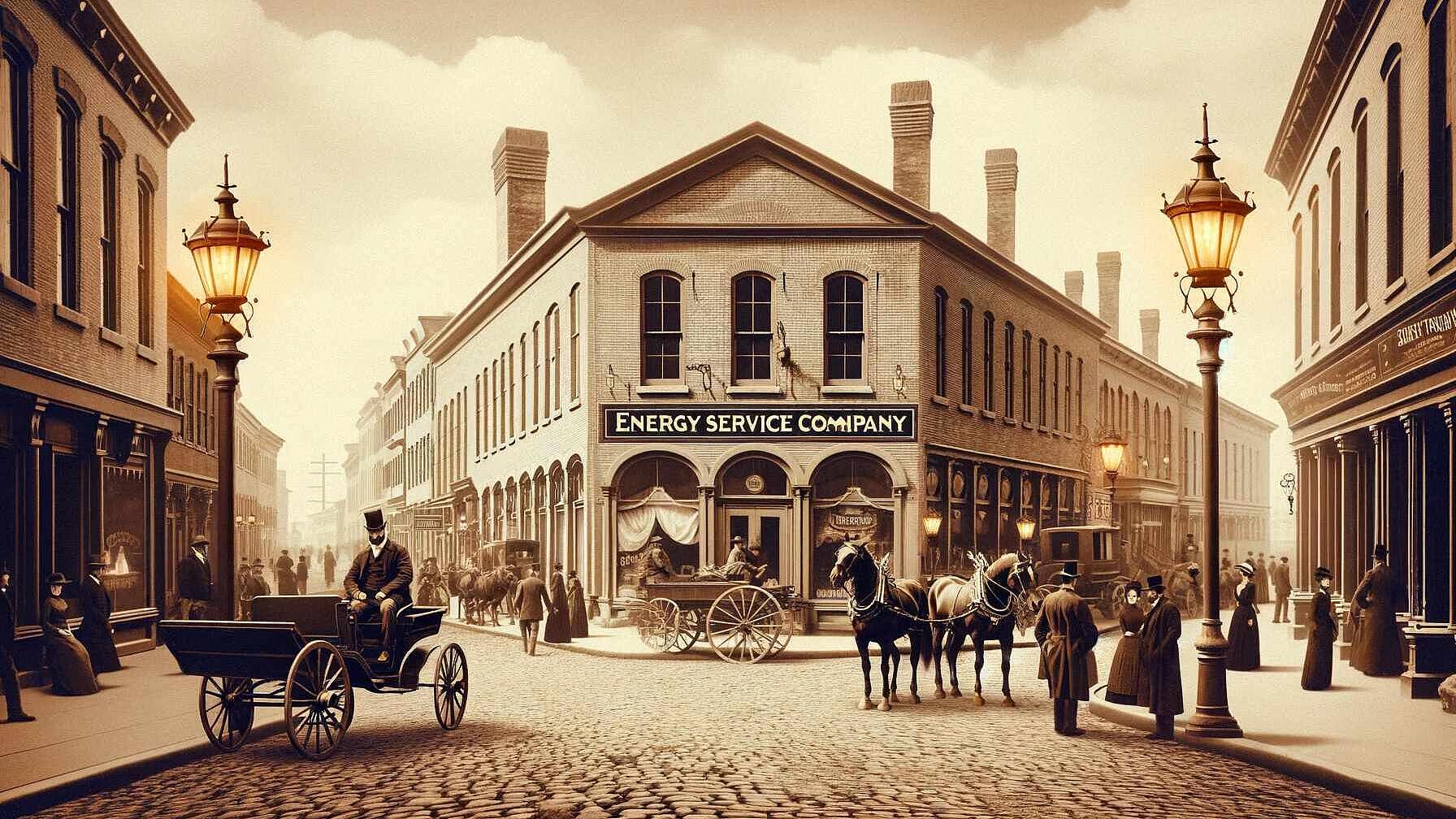 Energy Infrastructure
Energy InfrastructureIndustrial Demand Response - too complex?
Summary
Demand Response is a solution developed to reduce or shift demand at a specific time for a specific duration. Industrial customers may reduce their consumption through using on-site generation, energy storage, shifting the demand to a different time, curtailment of noncritical loads such as lighting, or through temporary shut-down of one or more processes. The last approach could potentially lead to a considerable reduction in demand; however, it poses some unique challenges. There are various operational constraints and the interrelations of the workstations to be considered by operators when making the input-out decision during a utility initiated demand response event. The total runtime of a workstation for shut down as part of the demand curtailment program will need to consider its effect on meeting the customers demand with the given runtime. An effective way for minimizing the impact of scheduled maintenance on the throughput time is crosstraining the crew member's workstation is also important for the production process operations - and the total runtime also accounts for any scheduled maintenance.
Open full article
Industrial Demand Response - too complex?
Demand Response - the next gold rush for industry?
It is often said the energy efficiency is a key (or even THE) driver for Demand Response.
Well, for utilities and grid operators it is clearly a smart way of peak shaving and/or dealing with more volatile energy sources (renewables) - which finally means less costs. But what does that mean for industry?`, can it help to reduce costs by using less energy (the energy efficiency approach) or maybe even add revenue?
The following is my first post on Demand Response and mainly intended to set the scene. On top level, Demand Response looks great. But taking a look on the operational level, what does that mean? Do we talk about the often stressed "low hanging fruit" approach? Or is this an option making only sense for very specific industries?, What are the risk?
I will obviously not be able to answer all of this questions in full detail, but it is a start to dive a little bit deeper into what Demand Response means for industry.
What is "Demand-Response"?
(Electric) demand side management (DSM) focuses on changing the electricity consumption patterns of end-use customers through improving energy efficiency and optimizing allocation of power. Demand response (DR) is a DSM solution which is developed to reduce or to shift demand at a specific time for a specific duration. Dynamic pricing and tariffs are applied to deliver financial value for the end-user.
An example: an incentive based DR solution
As always, live is complex.
So let’s consider the situation for which enabling demand response would mean that the DR Service provider issue a set of demand response signals and transmit them to the participating customers in the form of a mandatory command. In this case, controllable loads – e.g Direct Load Control – can be reduced or interrupted upon receipt of a signal from the utility.
Several constraints need to be taken into account. This includes: minimum advance notice for receiving the DR signal, maximum duration for the event, the maximum number of times that the customer may receive a DR signal in a day or the maximum number of consecutive days it may receive a DR signal during a season/year, exercise fee payable to the customer upon compliance with a DR event, penalty fee payable to the utility upon failure to comply with it.
Depending on the type of applications using the energy, demand reduction could lead to inconvenience experienced by the end-users; for industrial application e.g this means the risk of interruption of services and/or production.
Case of an industrial plant as customer
The consumption level of the industrial sector is often the bigger portion of the total load served by the utility. For many utilities industrial customers are only representing 2-10% of total customers but account for at least 80% of the electricity usage. This further emphasizes the importance of the role of the industrial sector in DR.
Implementation of DR for industrial customers is facing complex challenges.
An industrial customer may reduce its consumption through using on-site generation, energy storage, shifting the demand to a different time, curtailment of noncritical loads such as lighting, or through temporary shut-down of one or more processes. The last approach could potentially lead to a considerable reduction in demand; however, it poses some unique challenges. Depending on the criticality of the processes shut down, the number of workstations available, the required throughput, the maintenance schedule, the crew constraints and inventory restrictions, shutting down a process may create long-term impacts on the overall process line, hence making DR non-justifiable economically.
So then, what need to be taken into account when implementing DR in industry?
There are various operational constraints and the interrelations of the workstations to be considered by operators when making the input-out decision during a utility initiated demand response event. Indeed, even workstations in industry plant may undergo a curtailment.
Industrial process operations - constraints and requirements
The following list is just highlighting some key factors which need to be considered from an industry perspective
- Throughput time of finished products.
Throughput time is the amount of time it takes to turn the raw materials to finished products. By definition, throughput time is the sum of all the tasks involved in the production of the end product plus any wait time in the process. As a result,
- variations in manufacturing, such as maintenance and demand curtailment affect the throughput time and
- different workstations have different task times based on the nature of the tasks and the number of crew. Thereby, the selection of a workstation for shut down as part of the demand curtailment program will need to consider its effect on meeting the customers demand with the given runtime. - The total runtime of a workstation
The total runtime also accounts for any scheduled maintenance that will occur at each one. An effective way for minimizing the impact of scheduled maintenance on the throughput time of the operation is crosstraining the crew members to work on different workstations. By training the crew to work on different workstations, there will not be idle time and wasted labor. Moreover, customer demand can be met on time, and finally, the crew can help at bottle-neck workstations to minimize the inventory buildup. - Inventory
The potential increase in the work-in-process inventory caused by the demand reduction program. In order to determine the capital value of this inventory buildup, the products can be divided into 3 different categories:
A: The products in the A category have the highest value in the organization
B: which consists of important products, but is less strictly monitored
C: relatively less important than the other two; although, it usually has larger quantities. This categorization can facilitate the selection of workstations for demand curtailment.
If the shutdown of a workstation will lead to a high level of buildup of product categories A and B, this workstation may not be a good candidate for demand curtailment. - Characteristics of the workstations
This refers to the capacity and the configuration of the workstations. The capacity of each workstation defines the rate at which it processes products per unit of time while the configuration of workstations describes how the workstations are arranged and the flow of products. Having several workstations work in parallel makes the selection of workstations easier for demand curtailment. Having workstations in series, or having several workstations feed into a common workstation will require more attention and prioritization to minimize adverse effects of demand curtailment on the manufacturing process.
Before you think that´s too complex, hence why should an industrial client sign up for a Demand Response offer of its utility or an intermediate servivce provider - wait for my next post on "Intelligent Demand Response"
And please feel free to contact me (levis.gandeu(at)energypages.org) to discuss the points I made. I am always appreciating your feedback!



